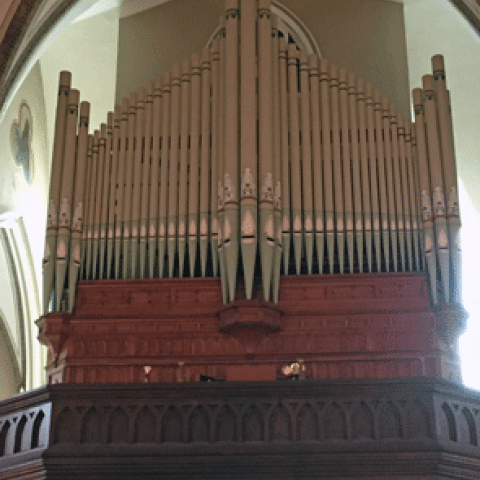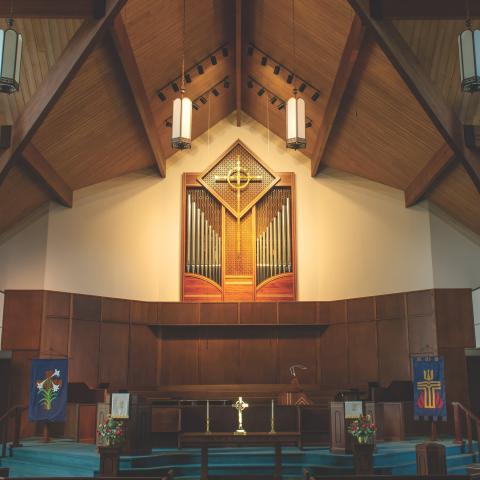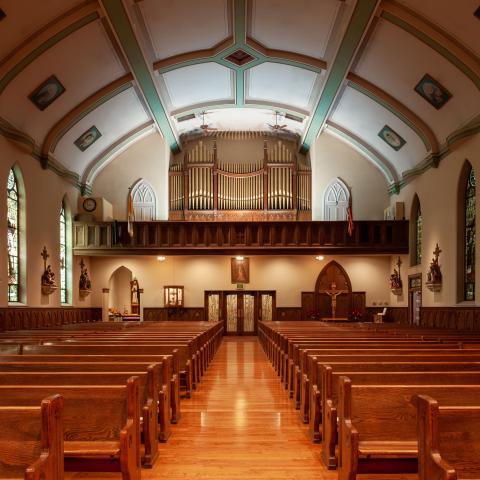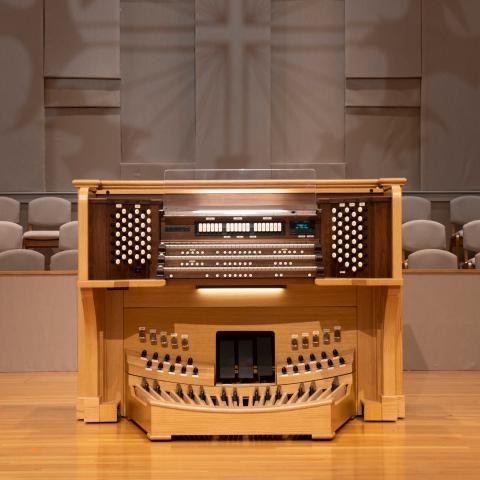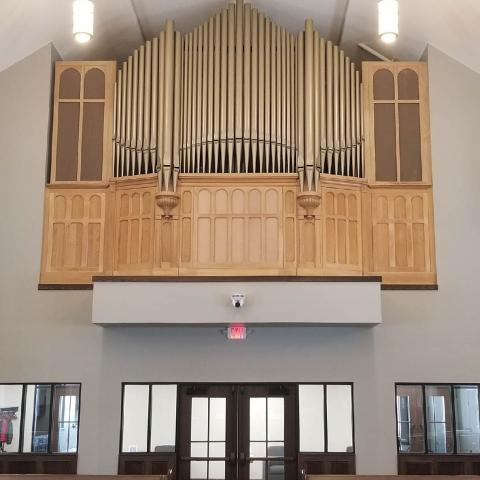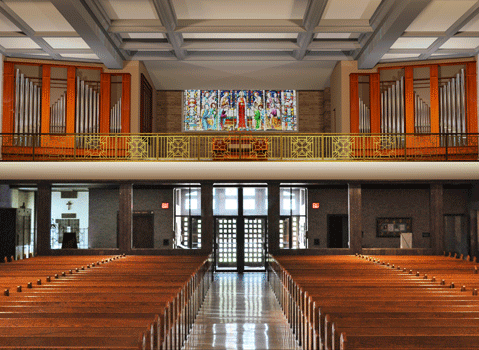
Berghaus Pipe Organ Builders, Inc., Bellwood, Illinois, has been selected by Church of the Blessed Sacrament, Wichita, Kansas, to replace their existing pipe organ.
Berghaus removed the 17 ranks of pipework from the Kilgen organ and will use them in the new instrument that will eventually contain 31 ranks in four divisions.
During this phase of the project, the builder will restore the existing pipework, make tonal enhancements, and construct an all-new façade, casework, main slider chests, swell box, steel supports, winding, blowers, and three-manual console with a Peterson ICS-4000 control system. A Solo division and Solo Trumpet will be added at a later date.
For information: www.berghausorgan.com.

